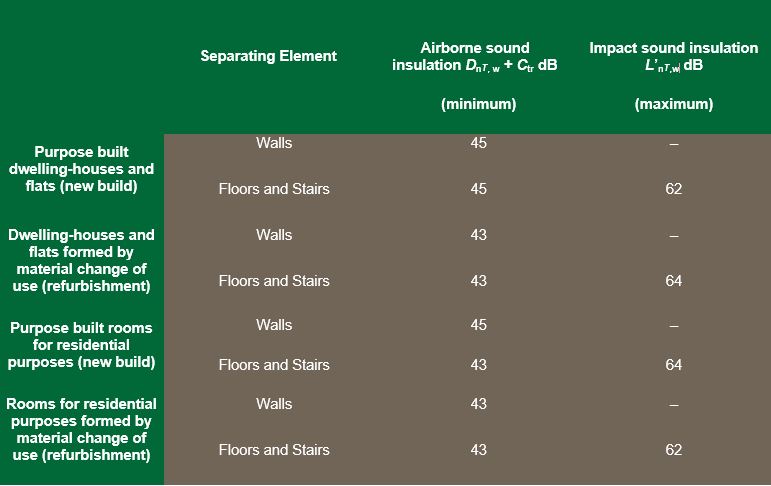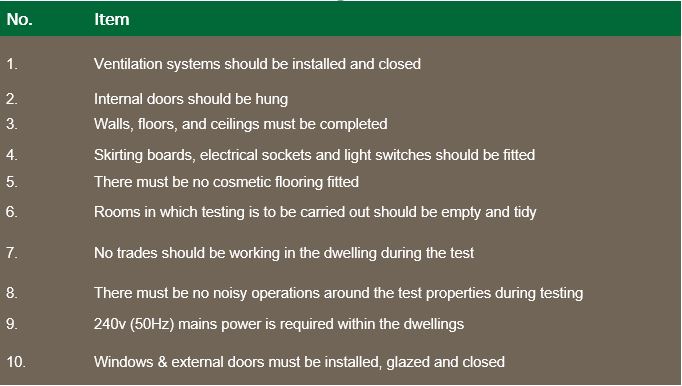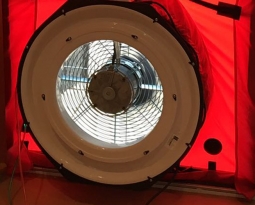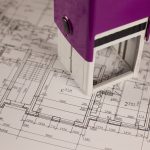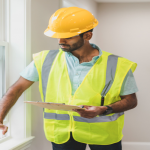For those brave people who decide to build or renovate their own properties, policy adds yet another layer of complexity to the process. Approved Document E of building regulations stipulates that all domestic buildings built without robust details are sound tested. In this article, we discuss the deal between building control and acoustic testing.
If you have questions like “how do I pass a sound test?”, “what exactly does Approve Document E stipulate?”, or “where can I book a sound test?”, then we have got the answers you’re looking for.
Approved Document E
Approved Document E of Building Regulations dictates the levels of sound reduction for all domestic developments. Approved Document E was introduce in 2003 in England, Wales and Northern Ireland. You can read the full document here. These stipulations are designed to protect residents from noise between dwellings. The regulations apply to all new-build constructions with residences next to one another, and for conversions from a single dwelling to multiple. Only under certain circumstances, these may not apply such as those around Grade Listed Buildings (these are best discussed with your Building Control Officer).
Approved Document E requires residential developments to demonstrate levels of noise attenuation performance that comply with Building Regulations. Acoustic testing assesses if your development provides insulation to adequately resist the passage of sound. This includes both airborne (noise transmitted through the air) and impact noise (noise resulting from an impact on the structure).
The two types of sound test
There are two different sound tests that could be carried out on your property: airborne and impact sound tests. A new build property without robust details will either require an airborne sound test or an airborne and impact sound test. This will depend on the type of build and its location. Get in touch with us to find out more.
Airborne tests are carried out on all separating walls between habitable rooms of flats and houses. For example, airborne sound across a lightweight floor would pass through the plasterboard ceiling, into the floor void, through the floorboards and into the room. Its noise sources are things such as speech, music, television sound – any noise source that radiates into the air, rather than directly into the structure.
Whereas impact noise is generated by impact on the structure itself. Impact tests are typically only assessed for intermediate floors to consider noise from sources such as footsteps or chair scrapes.


